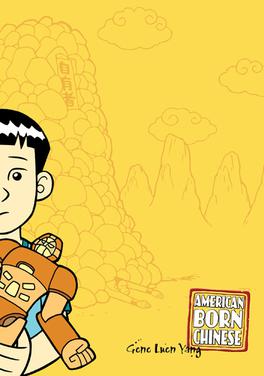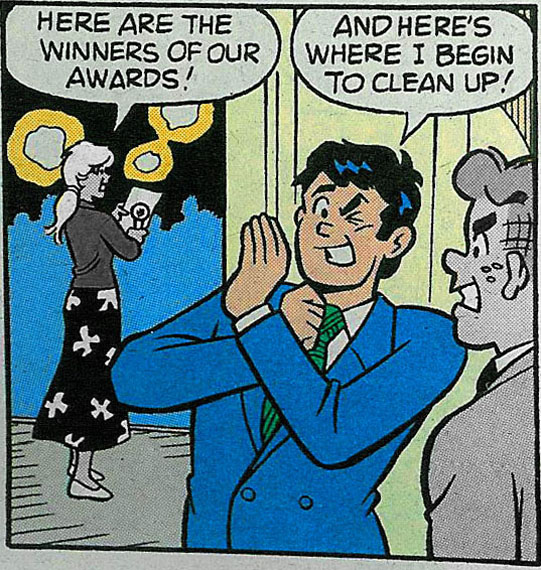I'll be getting to some of those soon (I hope). I just got a hold of the complete Death of Wolverine limited series and the nine issue run of Marvel's most recent event, Axis. Those are next on my reading list.
Right now, however, I wanted to talk about my favorite regenerating degenerate bounty hunter in the comic universe. Surprisingly, it's not Deadpool.
 |
| Sorry. It just wasn't you this time. The most recent issue of Deadpool is pretty great, though. |
Don't get me wrong...I'm as big of a Deadpool fan as anyone, but the topic for today is coming from DC. The main man, Lobo, is back in his own on-going series.
As part of the New 52 universe, Lobo has been reinvented. The hulking brute that he once was has been destroyed. That Lobo actually made an early New 52 appearance in the first Deathstroke title (the relaunch of Deathstroke and his actions in the New Suicide Squad are fodder for another entry), but it has been established that this Lobo was, in fact, a fraud.
The tough-talking, cigar-chomping, muscle-bound brawler has been replaced (meaning brutally murdered) by the "real" Lobo. As the new series begins, writer Cullen Bunn (Deadpool Killustrated) gives us a charming, polished former royal bodyguard, who is just as lethal as the Lobo that we all knew before.
It's an interesting gamble that DC has taken. Lobo was originally designed as an over-the-top parody of Marvel's Wolverine. His tough persona and healing factor were intended to emphasize the comparison. However, with the recent death of Wolverine in the Marvel universe, maybe this shift in the character of Lobo is coming at just the right time. I'm a little doubtful, simply because I loved the over-the-top, larger than life Lobo.
 |
| The Lobo that most of us know and love. |
 |
| Okay. At least he still has some cool weapons. He just looks like he has too much potential to become the Twilight version of Lobo. |
Will this be a sustainable on-going series? The potential is there. However, as is often the case with anti-heroes, there is just as much potential to push too far an either put the anti-hero in ridiculous situations (his teenage tech guru is kind of pushing this line already) or the make him too ruthless to be likable. Hopefully, Bunn will be able to strike that balance and give us a series worthy of the character.


















